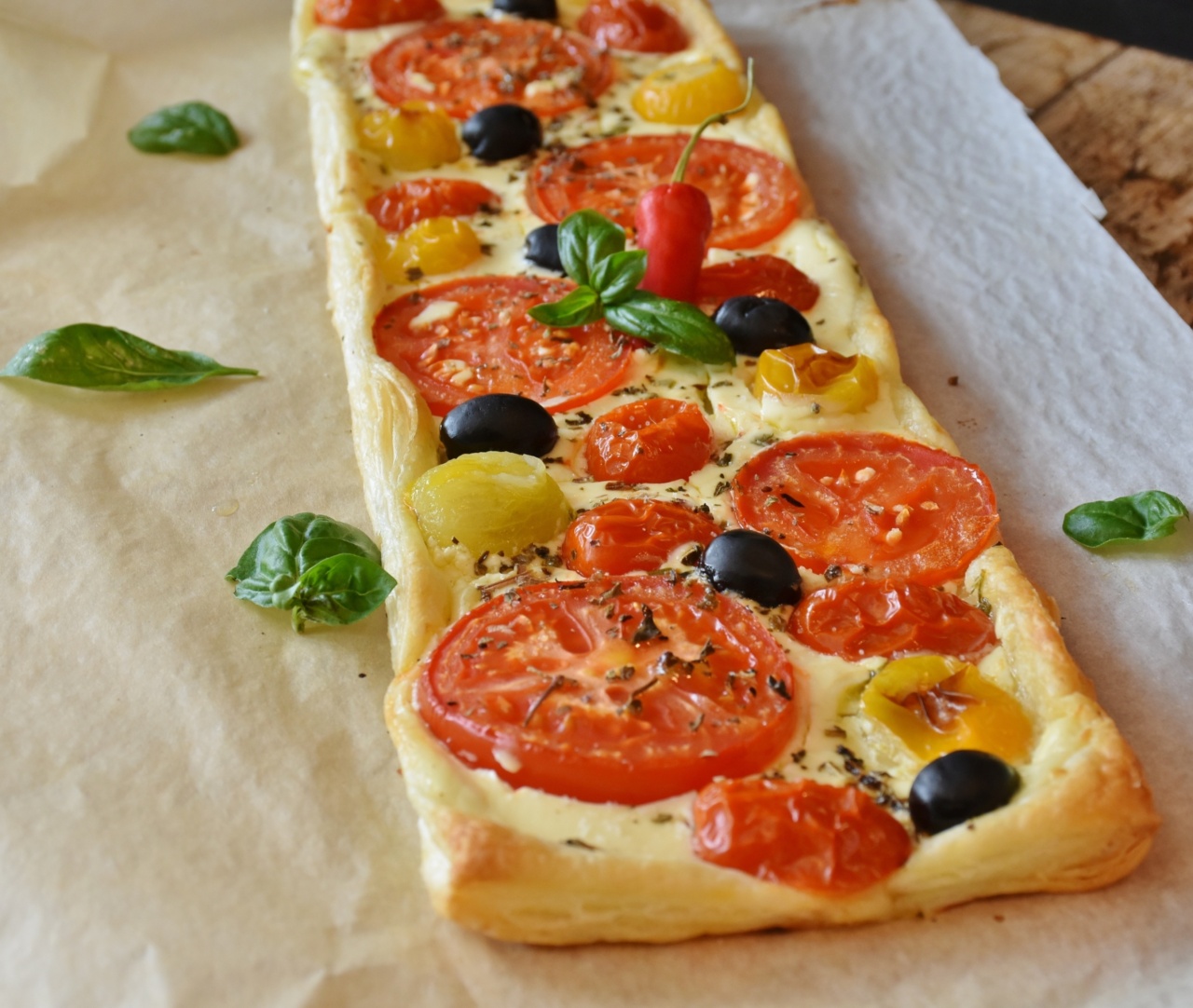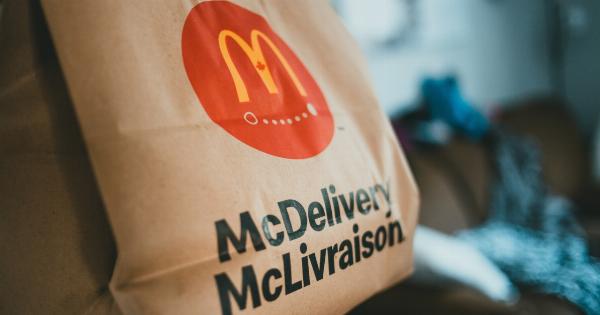When it comes to a meatless diet, many people believe that protein intake is difficult to maintain. However, with careful planning and the right knowledge, meeting protein needs on a plant-based diet can be easy.
Here are 30 of the best plant-based proteins to incorporate into your meals:.
1. Lentils
With about 18 grams of protein per cup, lentils are a great source of plant-based protein. They can be used in a variety of dishes, including stews, salads, and even as a meat substitute in burgers and tacos.
2. Chickpeas
Chickpeas, also known as garbanzo beans, contain about 15 grams of protein per cup. They are versatile and can be used to make hummus, falafel, curries, and more.
3. Tofu
Tofu is a soy-based protein with about 10 grams of protein per half cup serving. It is a versatile ingredient that can be used in stir-fries, soups, sandwiches, and even desserts.
4. Quinoa
Quinoa is a grain-like seed that contains 8 grams of protein per cup. It can be used in salads, as a rice substitute, or even in baking recipes.
5. Tempeh
Tempeh is similar to tofu but is made from fermented soybeans and contains about 20 grams of protein per half-cup serving.
It can be used in a variety of dishes, including sandwiches, stir-fries, and even as a meat substitute in recipes like spaghetti Bolognese.
6. Black beans
Black beans contain about 15 grams of protein per cup and can be used in a variety of dishes, including soups, stews, and even brownies. They are a great source of fiber and other nutrients, as well.
7. Seitan
Seitan, also known as wheat meat, is a meat substitute with about 20 grams of protein per 3-ounce serving. It can be used in a variety of dishes, including stir-fries, sandwiches, and even as a meat substitute in meatloaf or burgers.
8. Edamame
Edamame is immature soybeans that contain about 17 grams of protein per cup. They are often served as a snack but can also be used in salads, stir-fries, and other dishes.
9. Chia seeds
Chia seeds contain about 4 grams of protein per 2 tablespoons. They can be used in smoothies, puddings, and even as an egg substitute in baking recipes. They are also high in fiber and other nutrients.
10. Hemp seeds
Hemp seeds contain about 10 grams of protein per 3 tablespoons. They can be used in smoothies, salads, and even as a topping for oatmeal or yogurt. They are also high in healthy fats and other nutrients.
11. Nutritional yeast
Nutritional yeast is a deactivated yeast that contains about 8 grams of protein per 2 tablespoons. It is often used as a cheese substitute in vegan dishes and can also be used to add flavor to soups, sauces, and more.
12. Almonds
Almonds contain about 6 grams of protein per quarter-cup. They can be used as a snack, in salads, or even as a topping for oatmeal or yogurt. They are also high in healthy fats and other nutrients.
13. Peanut butter
Peanut butter contains about 8 grams of protein per 2 tablespoons. It can be used as a spread or in recipes like smoothies and energy bars. Just be sure to choose a natural brand without added sugars or oils.
14. Sunflower seeds
Sunflower seeds contain about 6 grams of protein per quarter-cup. They can be used as a snack, in salads, or even as a topping for oatmeal or yogurt. They are also high in healthy fats and other nutrients.
15. Pumpkin seeds
Pumpkin seeds contain about 5 grams of protein per quarter-cup. They can be used as a snack, in salads, or even as a topping for oatmeal or yogurt. They are also high in healthy fats and other nutrients.
16. Spinach
Spinach contains about 5 grams of protein per cup. It can be used in salads, smoothies, and even as a substitute for lettuce in sandwiches. It is also high in iron and other nutrients.
17. Broccoli
Broccoli contains about 4 grams of protein per cup. It can be used in stir-fries, salads, and even as a side dish. It is also high in fiber and other nutrients.
18. Brussels sprouts
Brussels sprouts contain about 4 grams of protein per cup. They can be used as a side dish or in salads. They are also high in fiber and other nutrients.
19. Asparagus
Asparagus contains about 4 grams of protein per cup. It can be used as a side dish or in salads. It is also high in fiber and other nutrients.
20. Artichokes
Artichokes contain about 4 grams of protein per medium-sized artichoke. They can be used as a side dish or in recipes like dips or casseroles. They are also high in fiber and other nutrients.
21. Soy milk
Soy milk contains about 8 grams of protein per cup. It can be used as a milk substitute in recipes like smoothies, pancakes, and more.
22. Oats
Oats contain about 6 grams of protein per cup. They can be used in recipes like oatmeal, muffins, and energy bars. They are also high in fiber and other nutrients.
23. Brown rice
Brown rice contains about 5 grams of protein per cup. It can be used as a side dish or in recipes like stir-fries and rice bowls. It is also high in fiber and other nutrients.
24. Green peas
Green peas contain about 8 grams of protein per cup. They can be used in salads, stir-fries, and even as a side dish. They are also high in fiber and other nutrients.
25. Sweet potatoes
Sweet potatoes contain about 2 grams of protein per medium-sized potato. They can be used as a side dish or in recipes like sweet potato fries, soups, and more. They are also high in vitamins and other nutrients.
26. Mushrooms
Mushrooms contain about 3 grams of protein per cup. They can be used in stir-fries, soups, and even as a side dish. They are also low in calories and high in other nutrients.
27. Corn
Corn contains about 4 grams of protein per cup. It can be used in recipes like salads, soups, and even as a side dish. It is also high in fiber and other nutrients.
28. Avocado
Avocado contains about 4 grams of protein per medium-sized fruit. It can be used in recipes like guacamole, salads, and even as a topping for toast. It is also high in healthy fats and other nutrients.
29. Cauliflower
Cauliflower contains about 3 grams of protein per cup. It can be used in recipes like cauliflower rice, soups, and even as a side dish. It is also high in fiber and other nutrients.
30. Red lentil pasta
Red lentil pasta contains about 14 grams of protein per 2-ounce serving. It can be used as a pasta substitute in recipes like spaghetti Bolognese, mac and cheese, and more.




























